This piece was tied during the period of the Kadjar dynasty. The Kadjar dynasty or Kadjars (Qājār, Qadjar, Qajar, Persian: قاجار) is a Turkmen dynasty which reigned over Iran from 1786 to 1925.
The very soft and fine kork wool is the wool taken under the neckline and the belly lambs.
The entire surface appears, to a superficial glance, covered in flowers.
These flowers actually compose a multitude of bouquets, inscribed in a curved manner.
The Kirman is often decorated with flowers and most of the time has a medallion which stands out against a plain background.
The motifs of the medallion are repeated in the border and the four spandrels (corners).
Some of these rugs also feature large animal scenes.
Kerman is the largest city in southeastern Iran and is the capital of the province of the same name.
The reputation of Kirman and raver rugs is due to the excellence of the "Ostads", these incredibly skillful cartoon designers who knew how to keep the sense of tradition of these great Persian rugs.
The deep harmony of colors results from a perfect dosage which testifies to the great creativity of Kirman's artisans.
This piece is in very good condition considering its advanced age, and has been professionally and environmentally friendly cleaned.
Two slight wear in the middle, tiny, following an old, almost invisible restoration
Dimensions: Width: 139 cm (55") x Length: 216 cm (85")
FREE DELIVERY FOR FRANCE, as for all of our rugs!
FR 0€ / EUROPE 25 € / WORLD 50 € For any information or other photos, please call me on 06 13 36 09 30 or winsteinprovence@gmail.com .www.winsteinprovence.com
# # We present other Kirmans on proantic which you will find on our WINSTEIN gallery.
texts photos winstein rights reserved
## Museum quality carpet, type of piece visible at the Tehran Carpet Museum and other international museums.
In southeastern Iran, near a desert oasis Dasht-e-Lut, lies the city of Kerman, with a population of around 350,000.
More than 1000 km from Tehran, Kerman was founded in the 4th century and was an essential meeting point for those traveling the trade routes between Iran and India, the Silk Roads.
Over the centuries, different masters have reigned over the city: the Arabs, the Seljuks and the Mongols.
Until a few years ago, Kerman was a good starting point for those wanting to visit the 2,000-year-old ancient walled city of Bam, located 200 km further south. Bam was once a major tourist destination in Iran, sadly destroyed by an earthquake at Christmas 2003, in which more than 10,000 people perished.
The city of Kerman still has a pleasant atmosphere today, thanks to its mosques, bazaar districts and teahouses.
Carpet knotting has long been an important profession and Kerman carpets are easy to recognize.
The main colors are often red and blue, the pattern is often dominated by a central medallion with a large floral border.
Carpets tied before the First World War generally have different designs: trees, animals and figurative designs.
The materials and the result were generally of very good quality. Although originating from the Iranian town of Kirman from which these carpets bear the name, a large production region, no piece is today more than one hundred and fifty years old. In fact, carpet weaving only started in this region around 1880.
## Despite this, the oldest dated piece found is from (1277) 1861, it is a Kirman measuring 309 x 610 cm signed by The “Hossein Kermani” workshop present at the Tehran Carpet Museum.
Thank you for your attention


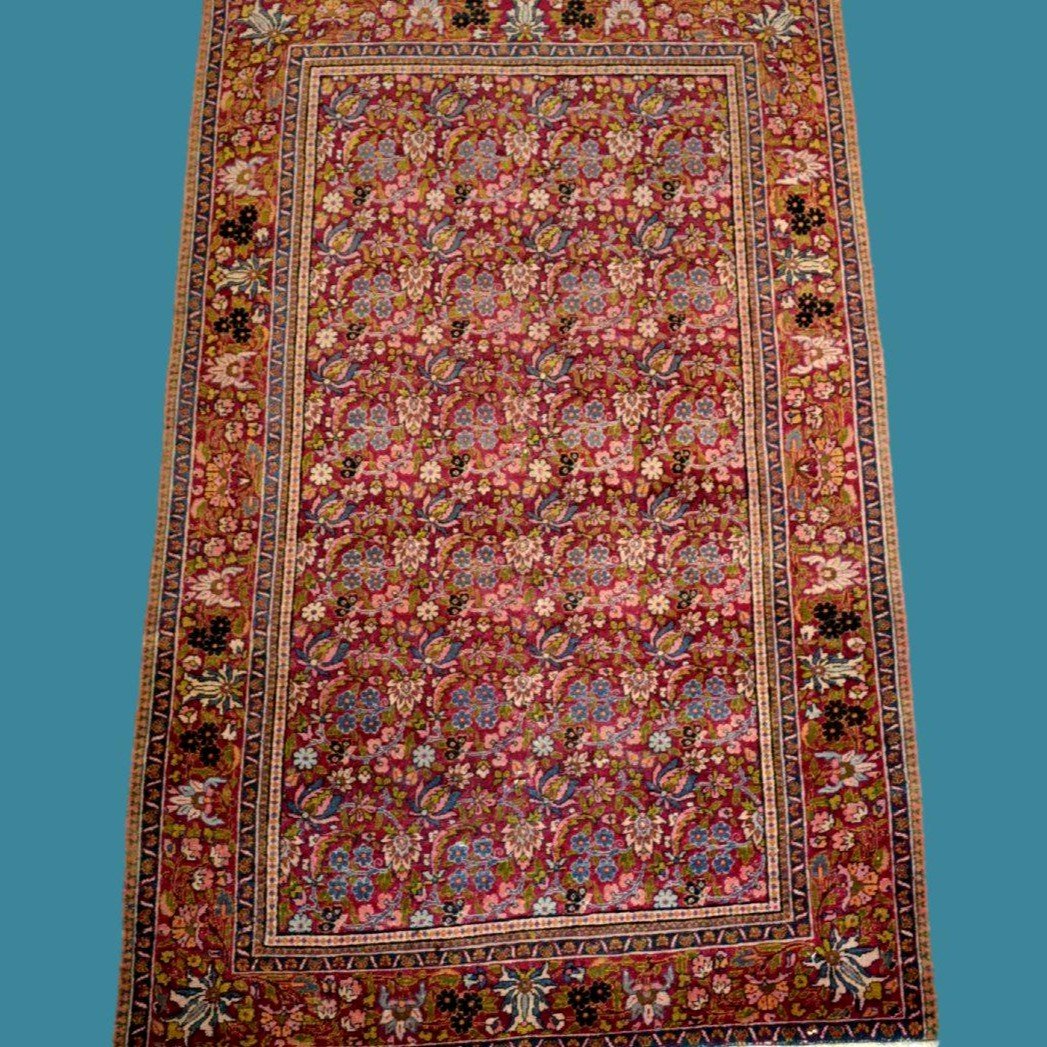
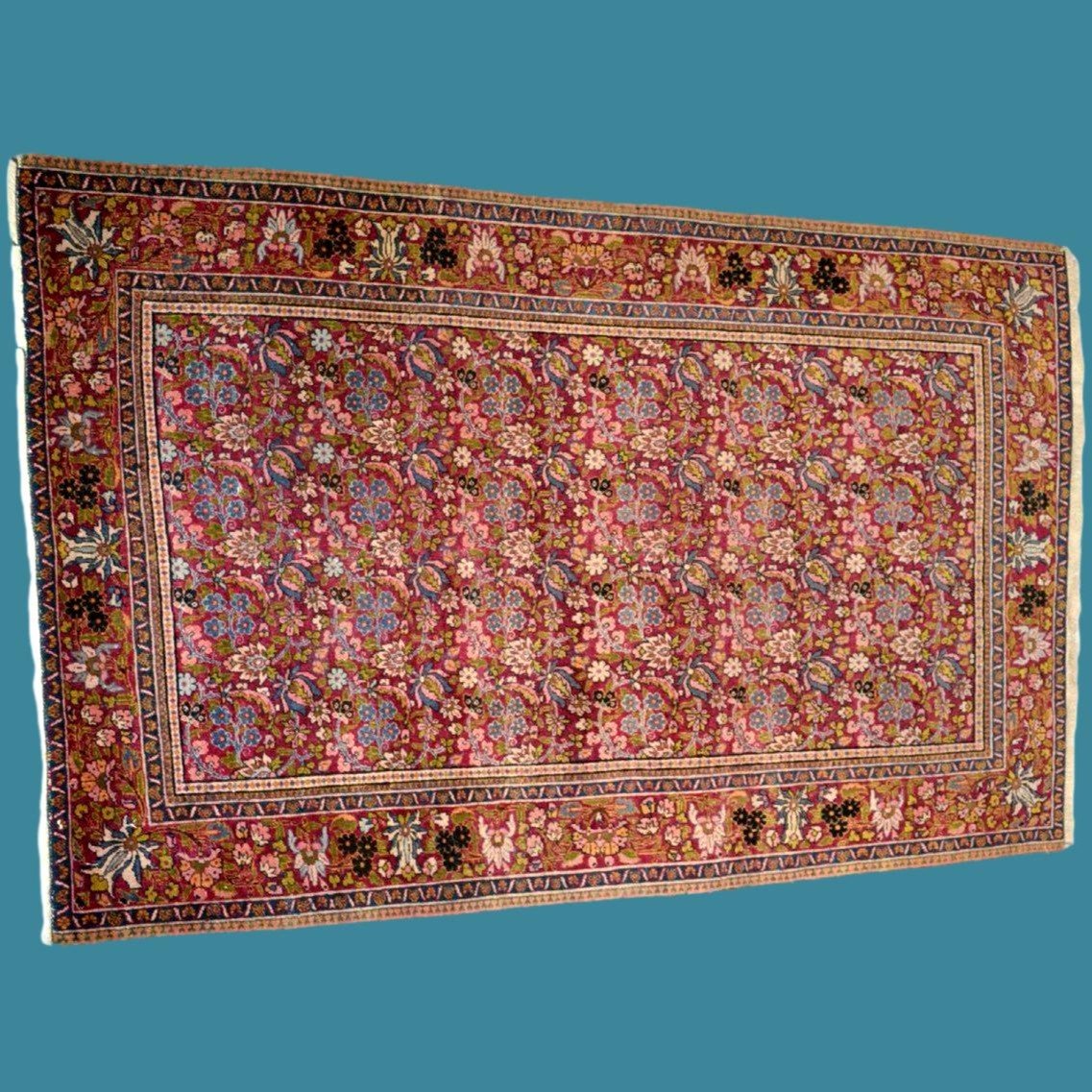
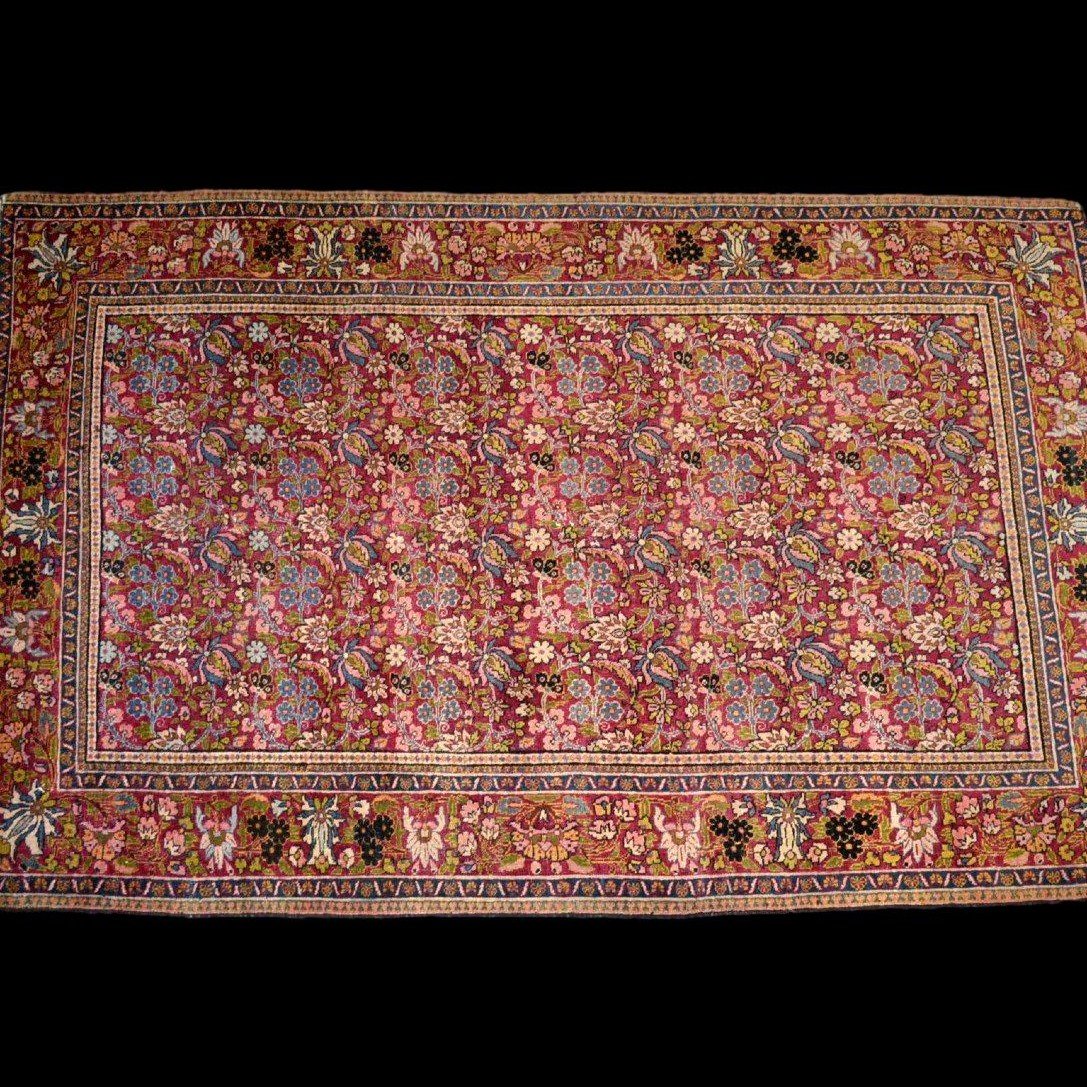
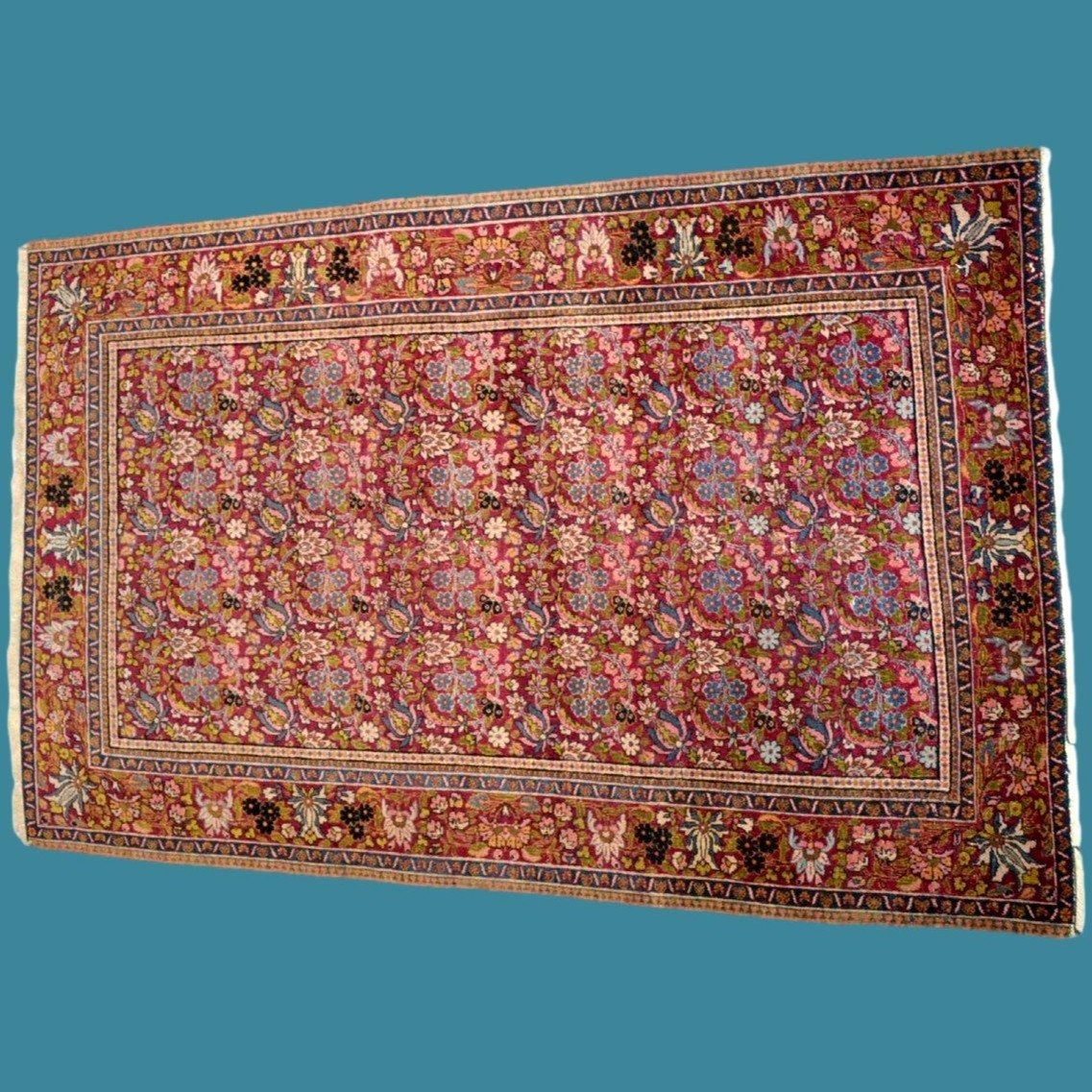

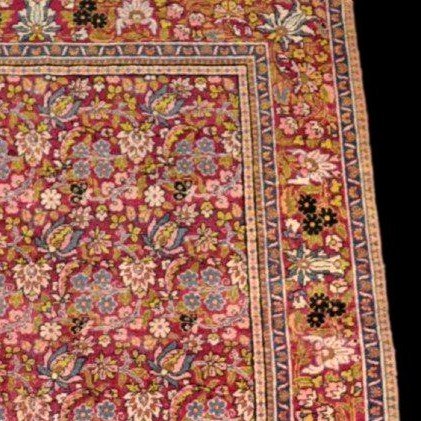
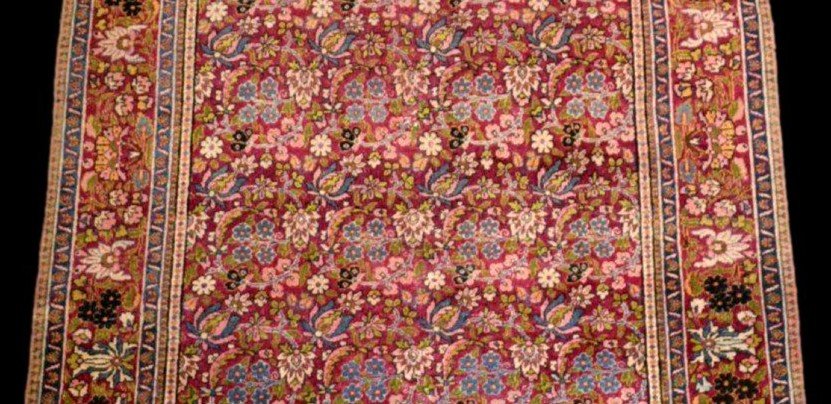
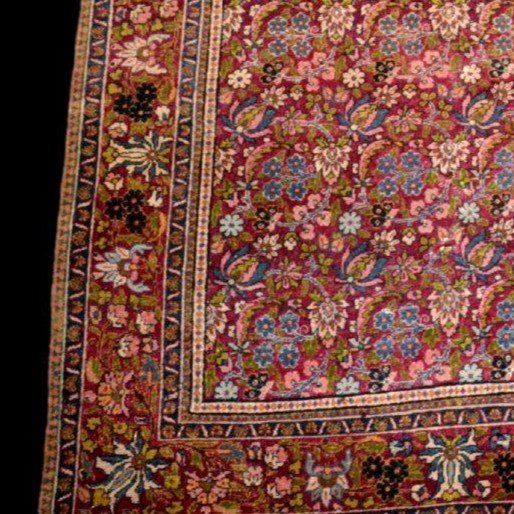
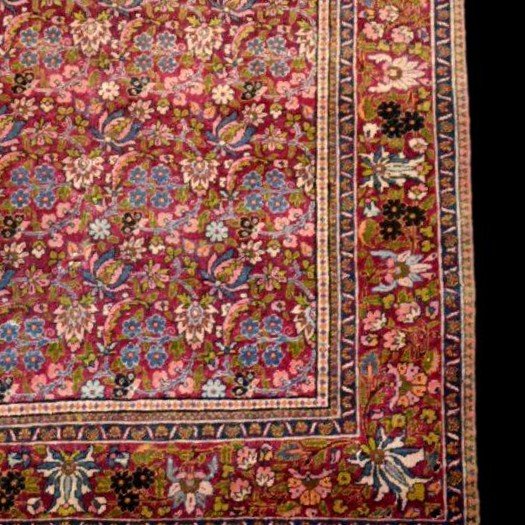
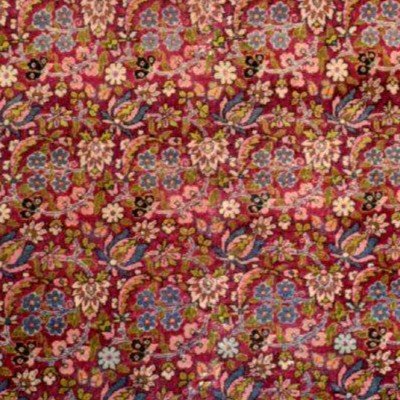
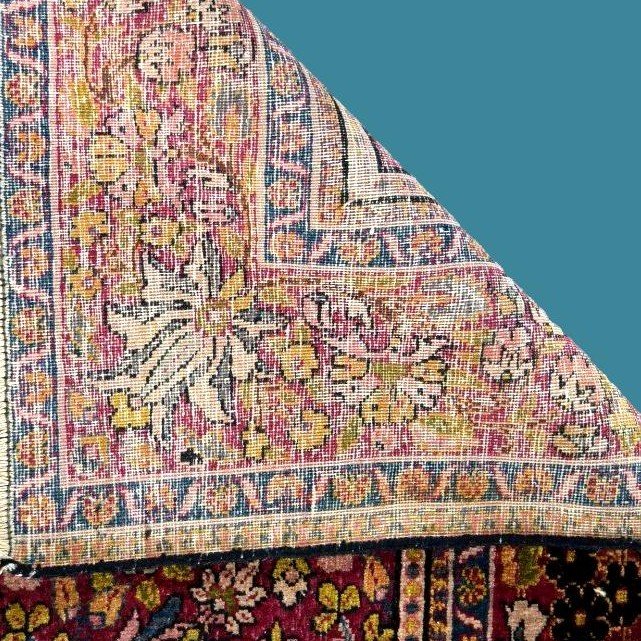
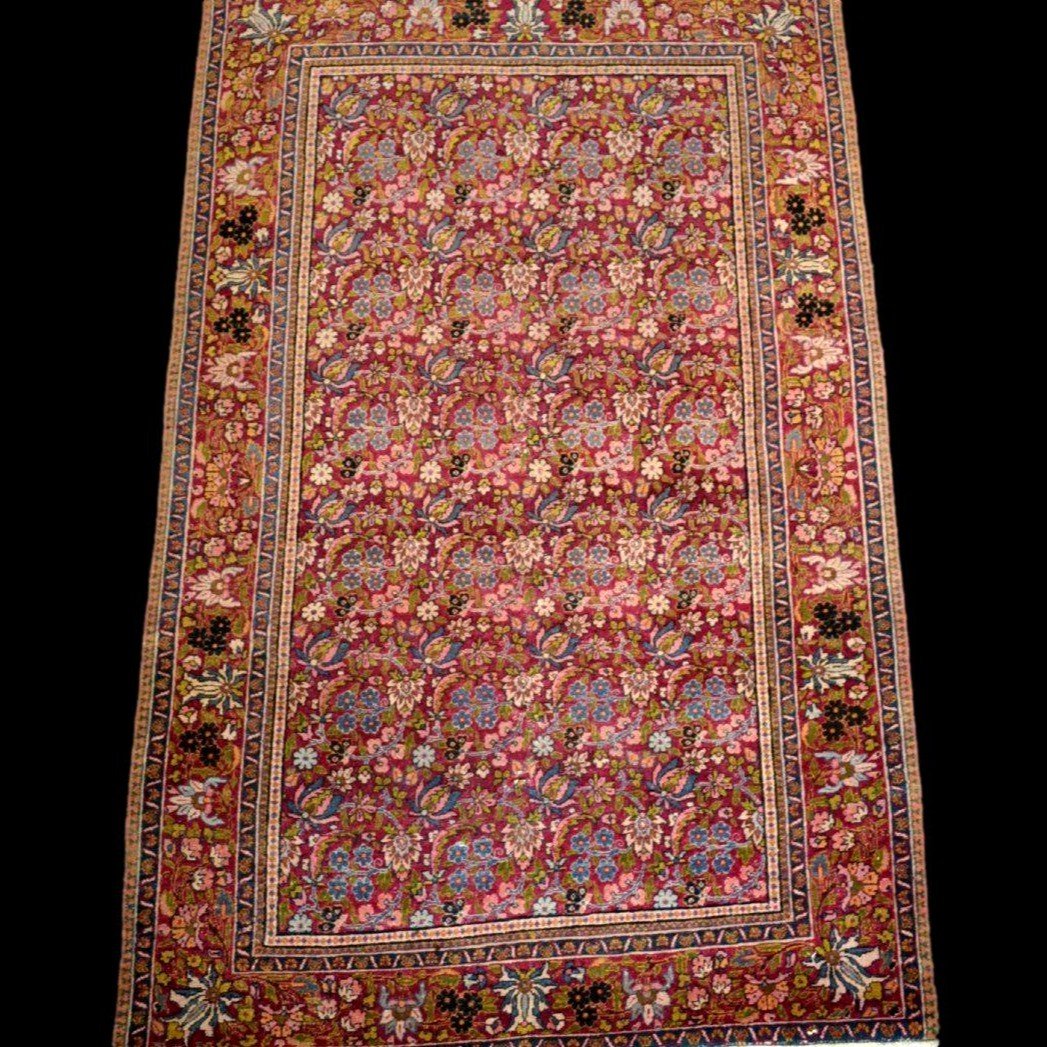














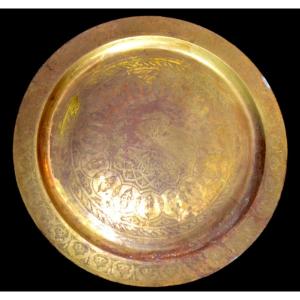
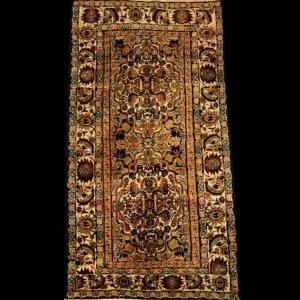

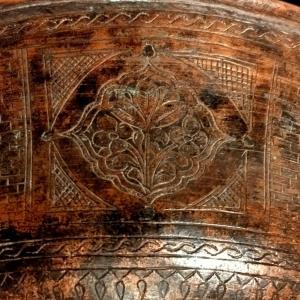





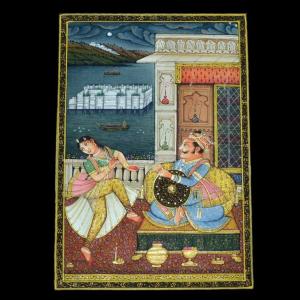
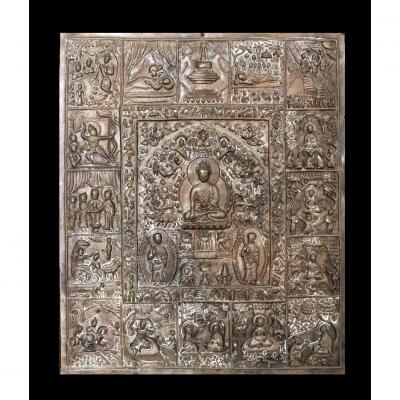

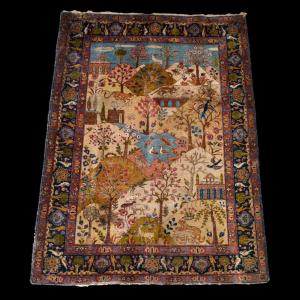
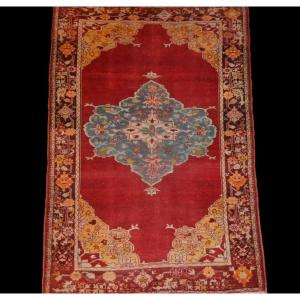

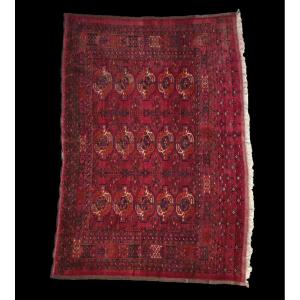

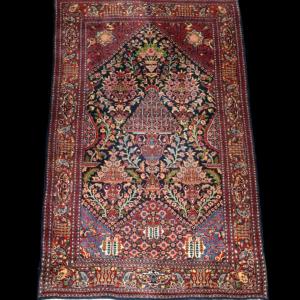




 Le Magazine de PROANTIC
Le Magazine de PROANTIC TRÉSORS Magazine
TRÉSORS Magazine Rivista Artiquariato
Rivista Artiquariato